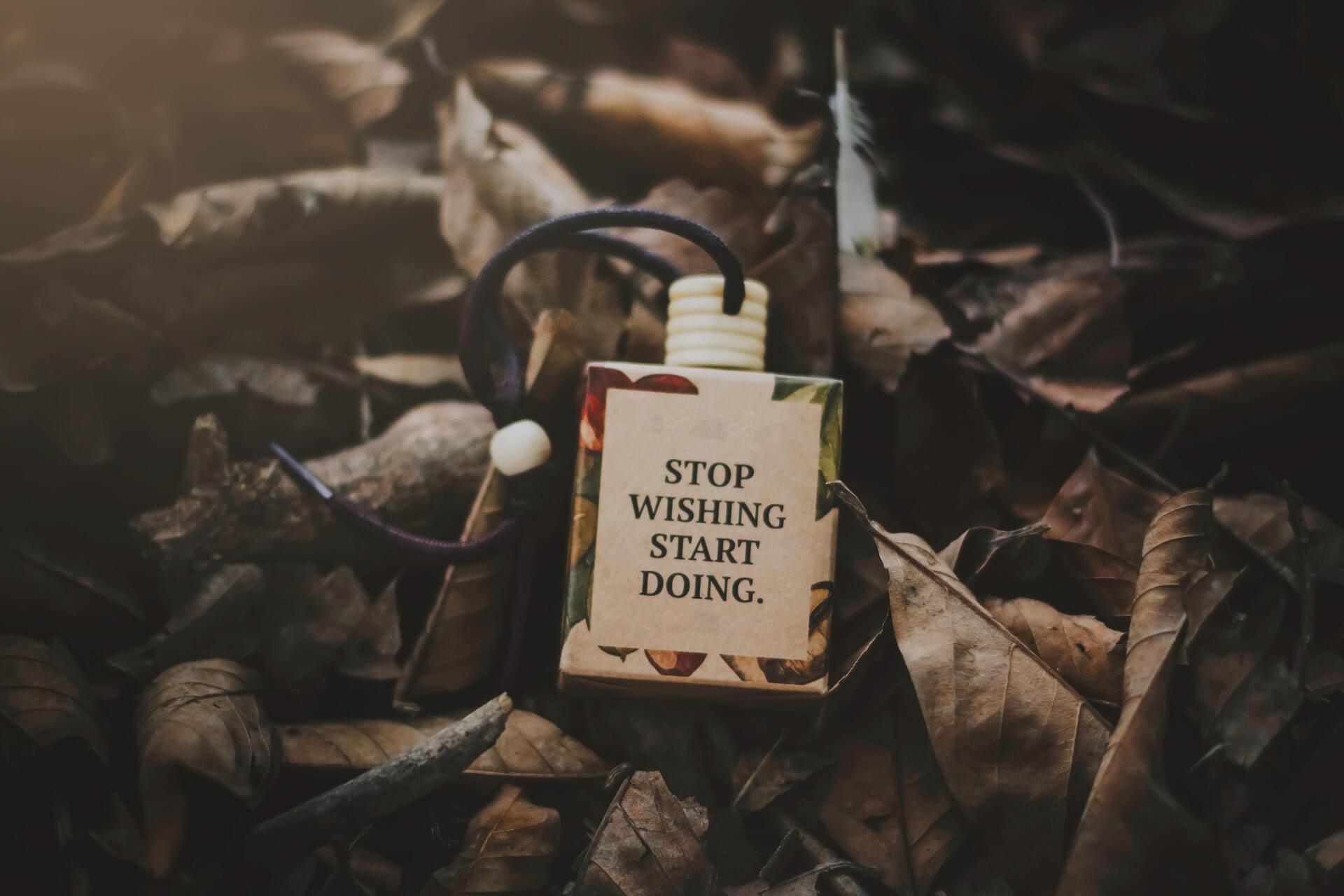What’s True About Mindfulness in Sport and Exercise?

Sarah Johnson, MD

In the world of competitive sports, athletes and coaches are constantly searching for ways to gain a real edge. The mental side of performance has become just as crucial as physical preparation — and that’s where mindfulness in sport and exercise truly stands out. But what’s the truth behind it? Is it just another wellness trend, or a science-backed method proven to enhance our focus, performance, and emotional resilience?
In fact, we can learn a lot about how mindfulness in sport and exercise actually affects us — strengthening both our mental clarity and physical performance. It’s not just about “relaxing” — it’s a structured approach to building mental toughness, awareness, and focus that directly translates into better athletic performance.
Beyond the physical side, paying attention to your mental wellbeing can support a more balanced approach. Practices like mindfulness may help, and a Mental Health AI can offer a space for self-reflection if you’d like additional support.
- What Is Mindfulness in Athletic Contexts?
- Science-Backed Benefits of Mindfulness for Athletes
- Mindfulness Techniques in Sport and Exercise: What’s True and Effective
- Real-World Applications in Sport Settings
- Common Misconceptions and What’s Actually True
- How to Start Practicing Mindfulness for Exercise
- FAQs About Mindfulness in Sports
- What’s Really True About Mindfulness in Exercise
What Is Mindfulness in Athletic Contexts?
In sports, mindfulness means developing present-moment awareness and focus without judgment — the foundation of mental training for athletes. It's not about getting rid of thoughts or getting to a state of eternal calm. It's more about learning to accept and be curious about your thoughts, feelings, body sensations (like muscle fatigue or breath), and environmental cues, both inside and outside of you.
How does this work? A runner tends to use their mindfulness not to get rid of the pain of fatigue, but to notice it without saying things like " This is too much, I can’t keep going. "
A basketball player at the free-throw line uses it to feel the crowd's pressure without getting too worked up. This non-judgmental awareness is very important because it stops athletes from being controlled by thoughts and feelings that get in the way.
better with Soula

Support for every woman:
✅ A Personalized Plan to reduce anxiety and overthinking
✅ 24/7 Emotional Support whenever you need it Cycle-Aligned Mental Health Tracking — monitor your mood and symptoms in sync with your period
✅ Real-Time Insights into your energy levels and emotional state
✅ Bite-Sized Exercises to help you return to a calm, balanced state — anytime, anywhere
Mindfulness is not the same as just focusing or picturing something. It is about being aware of everything that is happening right now, while concentration is focusing on one thing (like the ball). Visualization is a way to mentally practice something that will happen in the future. Mindfulness, on the other hand, is being fully aware of what's going on right now, which is the only time when performance really happens. This practice is especially crucial when navigating challenges like how to be positive in a toxic work environment, as it allows you to respond to negativity with intention rather than reaction.
Science-Backed Benefits of Mindfulness for Athletes
Research increasingly confirms the idea that mindfulness in sport and exercise helps athletes enhance focus, regulate emotions, and build mind-body connection — key to consistent high performance. It has many benefits that directly affect performance, including improved focus and mental clarity, which can be particularly valuable for those recovering from COVID brain fog.
- Better Focus and Attention: Mindfulness teaches the brain how to stay focused and quickly get back on track when it gets distracted. This is important for ignoring a bad call, a crowd that is heckling, or your own thoughts.
- Less Stress and Anxiety: Studies have shown time and time again that mindfulness lowers cortisol levels and how stressed you feel. Athletes can stop their nerves from turning into panic that hurts their performance by watching them without judging them.
- Improved Performance and Flow State: Mindfulness training supports the optimal “flow state,” helping athletes perform with mental clarity and composure even under high pressure. A meta-analysis from 2016 that was published in the Journal of Clinical Sport Psychology found that mindfulness-based interventions had a big, positive effect on athletic performance.
- Emotional Regulation and Resilience: Athletes learn to view setbacks, mistakes, and frustration as transient mental occurrences rather than definitive realities. This makes you more resilient, so you can bounce back from mistakes faster and stay calm under pressure.
Mindfulness Techniques in Sport and Exercise:
What’s True and Effective
Mindfulness is a useful skill that you can learn by doing on an ongoing basis. While some may wonder can you use AI for therapy to learn these skills, traditional guidance from a coach or therapist is often most effective. Some common techniques that have been changed for athletes are:
- Mindful breathing is the most important part of the practice. Athletes use their breath as an anchor to the present moment and pay attention to how their bodies feel with each inhale and exhale. You can do this while sitting down or during breaks in training.
- Body Scan: This is the process of paying attention to different parts of the body, from the toes to the head, and noticing any sensations, like tightness, warmth, or tingling, without trying to change them. It helps you become more aware of your body and can help you spot early signs of stress or tension.
- Mindful movement is when you do things like yoga, Tai Chi, or even walking with your mind on your body. The focus is on how it feels to move, balance, and use your muscles, which helps you become more aware while you're doing it.
- Sports-Specific Drills: This means being aware of your regular training. A golfer might only pay attention to how the club feels and how it sounds when they hit the ball. A swimmer might pay attention to how the water feels on their skin. This trains how well you do under pressure in a very important situation.
Real-World Applications in Sport Settings
Mindfulness in sport is no longer a fringe idea — it’s a core performance strategy in elite athletic programs, from the NBA to Olympic training teams.Phil Jackson and other famous coaches used mindfulness to help the Chicago Bulls and LA Lakers win many championships. Many professional teams in the NBA, NFL, and Premier League hire sports psychologists to teach mindfulness these days.
Mindfulness is a part of the training programs of big groups like the US Olympic and Paralympic Committee. This helps athletes deal with the huge stress of the Games. University sports programs are also using mindfulness more and more to help student-athletes' health and performance, showing that it can be used at all levels of competition. This practice fosters a sense of emotional safety in relationships with coaches and teammates, creating a supportive environment for peak performance.
Common Misconceptions and
What’s Actually True
There are a lot of myths about mindfulness that make it hard for people to try it.
- Myth: Mindfulness is the same as meditation. Truth: Mindfulness is a way of being aware that you can bring to any activity, from lifting weights to tying your shoes.
- Myth: It works right away. Truth: Just like building muscle, getting mentally fit takes regular practice. Benefits build up over weeks and months, not minutes.
- Myth: It can take the place of physical training. Truth: Mindfulness is an additional practice, not a replacement. It helps the athlete do their physical skills better when they are under stress. The study backs it up as a "and," not a "or."
- Myth: It's about not thinking. Truth: The goal isn’t to empty your mind — it’s to change your relationship with thoughts. This shift in awareness is central to what is true about mindfulness in sport and exercise and how it improves mental clarity and self-control during competition.
How to Start Practicing Mindfulness for Exercise
Starting a mindfulness practice doesn’t require expensive gear — Just your consistency and curiosity. Here’s how to build mental resilience through mindfulness in sport and exercise. It doesn't take any special tools to start practicing mindfulness.
- Beginner Steps: Start with 5 to 10 minutes a day. Find a quiet place to sit and pay attention to your breathing. When your mind wanders (and it will), gently bring it back without judging it.
- Frequency and Consistency: Daily practice is best, even if it's only for a short time. Duration is not as important as consistency.
- Recommended Resources: Apps like Headspace and Calm have great guided meditations for athletes. You could also do a free body scan or mindful breathing script that you find online.
Keep track of your progress by not looking at "success," but at how consistent you are. Pay attention to small changes, like noticing that you get distracted more quickly or that you don't react as strongly after making a mistake.
FAQs About Mindfulness in Sports
Is mindfulness effective for all sports?
Yes. The application may be different, but the main benefits of focus, emotional control, and stress resilience are useful for all sports, from endurance running to team sports and precision sports like archery. Incorporating fun mindfulness exercises can make developing these crucial skills more engaging and sustainable for athletes of all disciplines.
Can mindfulness improve recovery?
Yes, but not directly. Mindfulness makes the body better able to heal by lowering stress and improving sleep quality. The body scan can also help you understand how an injury is healing.
How long does it take to see results?
Many practitioners say they feel calmer and more focused after a few weeks of regular practice. However, it usually takes several months of dedicated integration into training to see measurable improvements in performance.
What’s Really True About Mindfulness in Exercise
So, what is true about mindfulness in sport and exercise?
The verified truth is that it’s a science-based mental training practice that enhances focus, emotional balance, and athletic performance. It helps athletes stay calm under pressure and maintain clarity during peak moments. The benefits of mindfulness in exercise are backed by strong research — from stress reduction to improved recovery and confidence.
It is not a magic pill, but a practice that helps you be aware of the present moment, be emotionally strong, and stay focused without reacting.
The scientific consensus agrees that it helps lower stress, improve focus, and reach peak performance states. It is not a substitute for physical training, but it does make it much more effective. Understanding the real benefits of mindfulness in sport and exercise is the first step to harnessing its power. The best way to see how this practice enhances both performance and wellbeing is to go beyond the hype and experience it for yourself.














